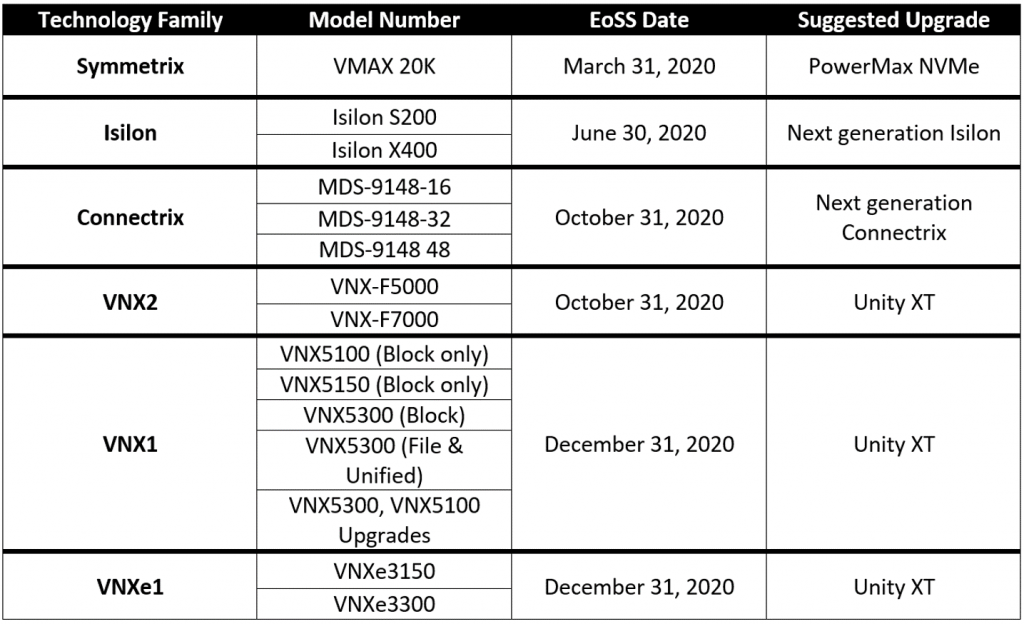Just shy of a month ago, Arraya moved into our new company headquarters in Blue Bell, PA. Now, for the next two weeks, those doors – just like the doors of organizations across Montgomery County, PA (and really, the world) – are locked. Our actual homes are doubling as our work homes due to directives from our state government aimed at stemming the spread of the coronavirus. The realities of this situation are unlike anything we’ve ever experienced, and things are constantly changing. However, we’re proud to say that, even as our typical routines are upended, our ability to do what we love won’t be affected.
We post a lot on this blog and on our social media accounts about digital transformation. But that’s not just some buzzword that we and others in this business have latched on to. It’s a part of who we are. It’s also a part of how we designed our new office space and the solutions we chose to deploy.
From a technology perspective, one of the biggest differences between our old HQ and our new one is that our old space included a data center. Our new office does not. Instead, our general operational infrastructure lives in the cloud. We made this decision for the same reasons other organizations are making it. Increasing resource availability, freeing up physical space for other purposes, shifting expenses from the CapEx column to the OpEx column.
We’ve also rolled out a cloud-based version of Cisco Webex to serve as our unified communications platform. Our investments in Cloud Voice Calling, Softphone Dialers and Webex Meetings were made to give our team members more freedom to work from anywhere while still having a consistent experience. At the time, this seemed like a good perk and a way to promote productivity. We never could have imagined that flexibility would become so much more important. The same goes for our decision to utilize Microsoft 365, particularly Microsoft Teams, as our collaboration platform. Should new devices need to be provisioned from afar, we have Windows Autopilot backed by Azure Active Directory for identity management.
All of these solutions allow us to continue working together as one Arraya team even though we won’t be able to do so face-to-face for a little while. They’ll also let us continue to collaborate with our customers, many of whom have also had to close their own doors temporarily. Both of these things are critical because, while it’s important for all of us to do our part to keep others safe, it’s also important to maintain some semblance of normalcy. We’re fortunate enough that, whether it’s working directly with technology or crunching the numbers behind a deal, all of us will be able to continue to do what we love, even if we aren’t able to come into an office to do it.
That ability to work seamlessly from home, in the office, wherever, that’s why we’ve pushed digital transformation so heavily. It’s also why we’ll continue to do so internally, with our customers, on social media, etc. You’ll never be able to predict what you need to be prepared for, but it’s never been more important to have a business continuity plan, to build it out with the right solutions and services so that whatever happens, you’re ready.








